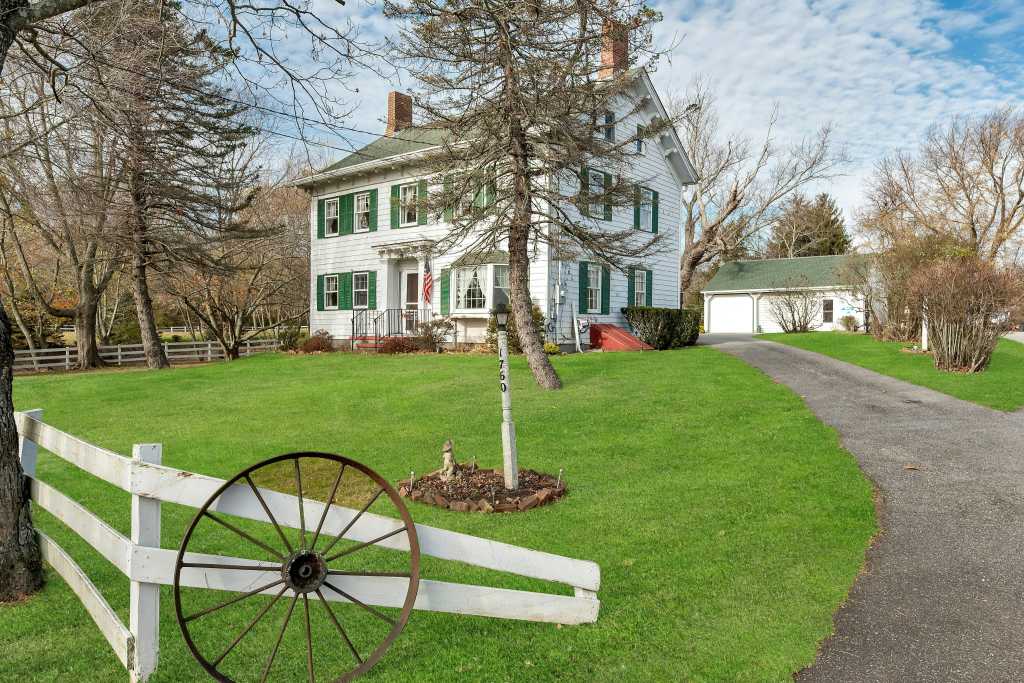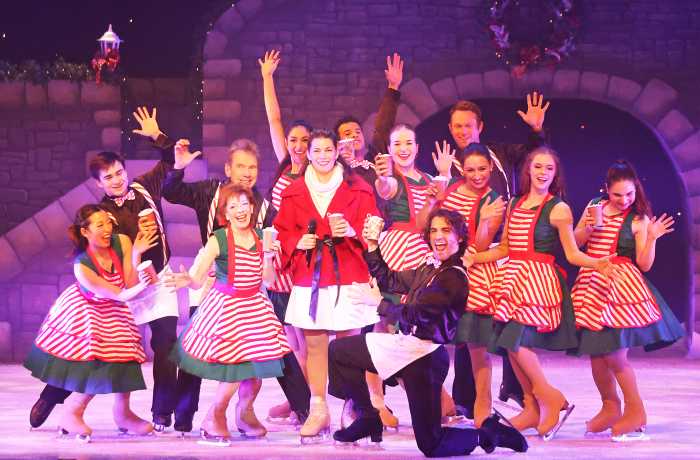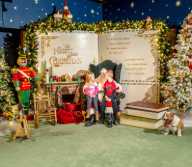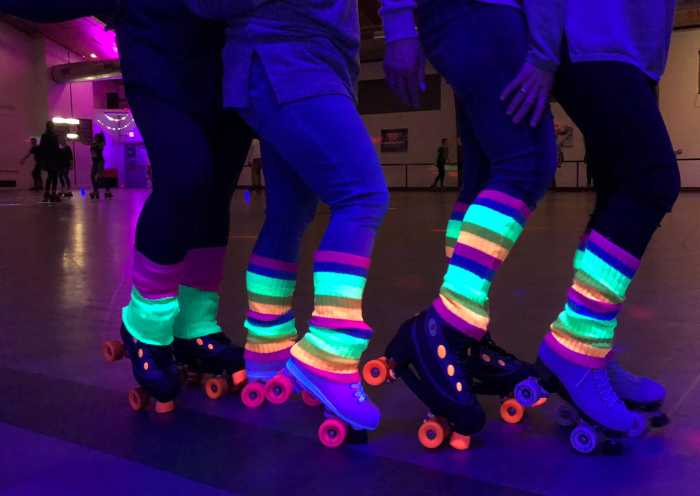Southampton Arts Center Symposium Examines Pollock’s Final Work
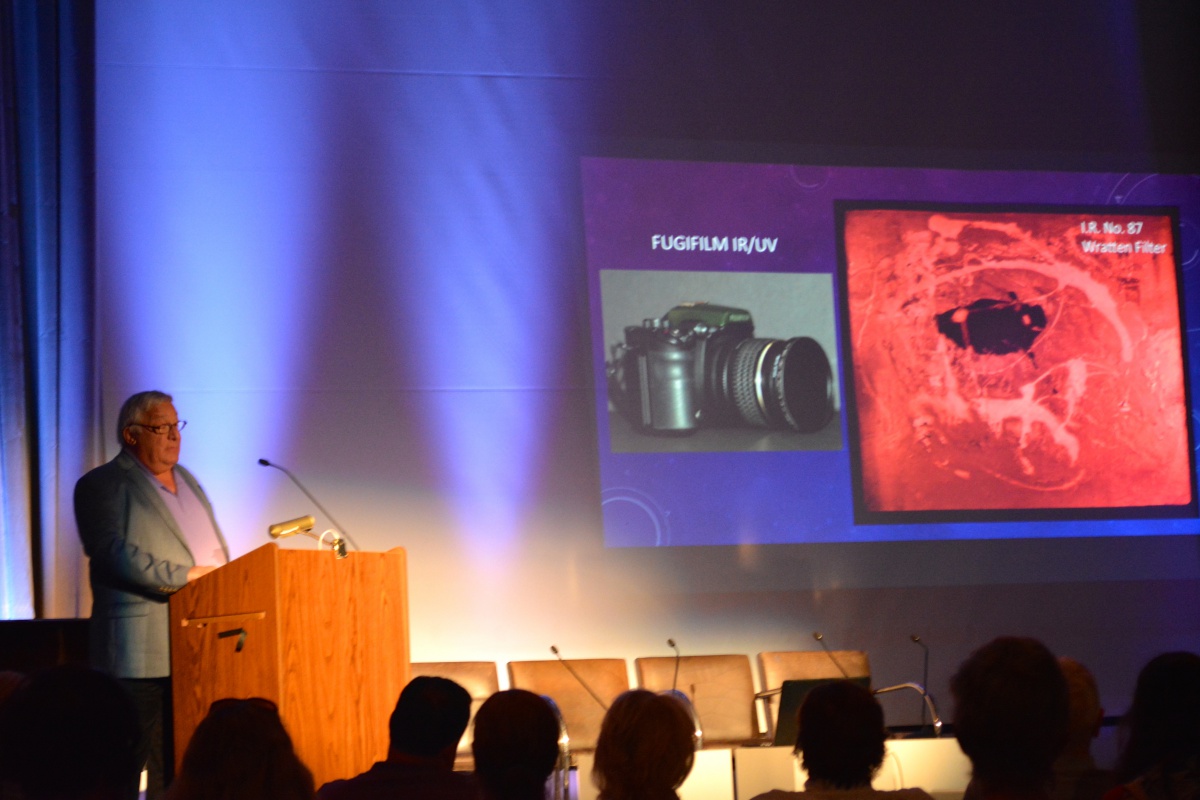
A correlation between a polar bear and Springs is seemingly far-fetched, yet this connection is essential to a decades-long mystery surrounding artist Jackson Pollock’s alleged final work.
“The Last Pollock: Solving the Mystery,” a symposium held at the Southampton Arts Center on July 24, focused on the controversy with a series of speakers and panel discussions.
The art in question, titled “Red, Black & Silver,” was allegedly painted by Pollock at his Springs home in July 1956. The story goes that Pollock completed this final piece of art for his mistress, Ruth Kligman, just days before his untimely death in a car accident.

However, Kligman’s attempts to authenticate the painting were blocked for decades, supposedly due to Pollock’s widow, Lee Krasner. With the power over the authentication process for Pollock’s works, Krasner’s emotional bias towards Kligman seemed to get in the way.
Older methods of authentication relied more on subjective analysis of art connoisseurs, making it difficult to certainly prove authenticity. Kligman even took, and passed, a lie detector test regarding the painting, yet it still was not enough for the Krasner estate to budge.
Colette Loll, the founder and director of Art Fraud Insights, opened the symposium, explaining the gray areas of the art authentication process.
“It’s becoming increasingly difficult to answer the question, ‘But is it real?’” she said. “This is one of the most comprehensively analyzed pieces of art.”

The efforts of the Kligman estate to prove the painting’s authenticity were groundbreaking for art of its kind. The use of material, forensic and fractal analysis more closely resembled a police investigation than an art authentication.
Nick Petraco, a retired New York City police detective, was entrusted with the more scientific investigation surrounding the work. Throughout his tenure from 1968 through 1990, Petraco specialized in laboratory forensic work.
“I treat this as a criminal case,” he explained.
Petraco’s process began with an initial examination of the painting for trace evidence. He discovered potential evidence in hairs and fibers embedded underneath the painting. Though the evidence was there, Petraco had nothing to compare the fibers to, so he traveled to Pollock’s Springs home to collect possible standards.
Petraco returned to his laboratory with a litany of standards, including fibers from the shoes Pollock wore the day he died. He even took note of a polar bear rug in Pollock’s home.
In order to remove the fibers embedded in the painting, Petraco had to be careful not to damage the art in doing so. He created a mock painting that he practiced on until he was certain he would be able to remove the evidence from the real painting successfully.
After removing the fibers from the painting, Petraco found numerous connections to the standards he collected from Pollock’s home. The most convincing connection was the same polar bear fur that was found in the painting, in Pollock’s shoe and in his home.
Petraco was able to prove “Red, Black and Silver” was indeed painted at Pollock’s home. However, the Krasner estate maintains that Petraco failed to guarantee Pollock painted it himself.
In addition to Petraco’s presentation, the afternoon including a talk with David L. Hall, a lawyer specializing in representing cultural institutions, a video comparing the painting to other Pollock works, and a question and answer panel discussion with the audience.
Furthermore, Petraco’s son, Nick Petraco Jr., explained the quantitative evidence in support of the painting’s authenticity. Petraco Jr. delivered a brief lesson in Bayesian networks and probability theory that essentially proves Kligman’s claims.
Kligman passed away in 2010 without any closure on the long authentication controversy. Her estate continues to defend the authenticity of “Red, Black and Silver” as Pollock’s final painting.
Petraco agrees, but doubts the Krasner estate will eventually accept the overwhelming evidence supporting Kligman.
“Even if we had a video of him painting it, they’d probably say we flubbed the video,” he said, garnering chuckles from the audience.
